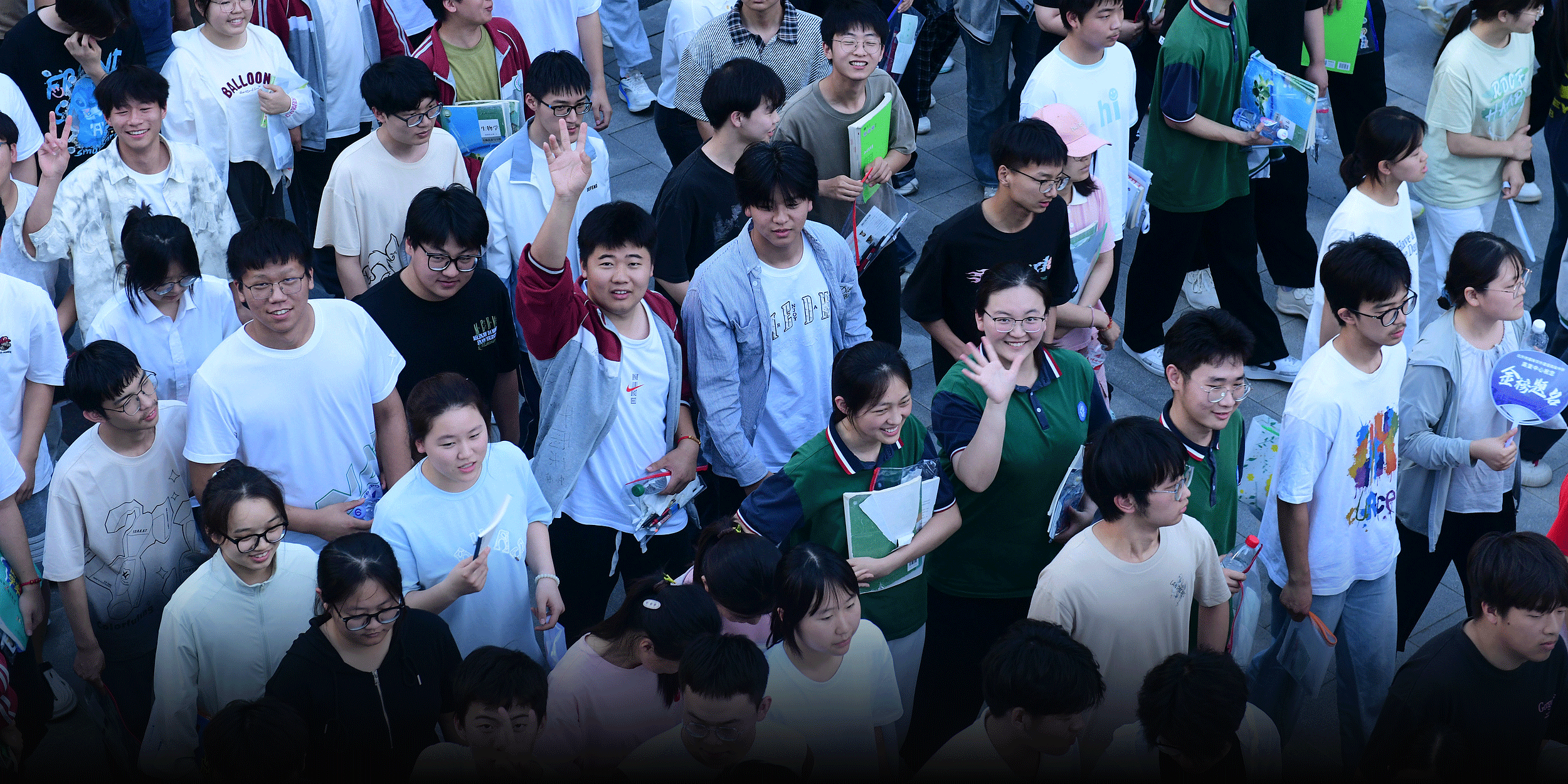
China’s Private Colleges Ease Entry, Still Struggle for Students
Private universities across China are this year slashing admission scores in hopes of filling seats, as high tuition costs and dim job prospects have made students, and their parents, question the value of a private university education.
In late July, many private universities — including some schools located in the southern Guangdong province and the Guangxi Zhuang Autonomous Region, the central Hunan province, the eastern Shandong province, and the northwestern Shaanxi province — lowered their admission thresholds in a bid to attract students, yet still fell short of meeting enrollment targets.
Domestic media reported that at some schools in Guangdong and Guangxi, this year’s minimum undergraduate admission score was cut by as much as 30 points — nearly three times that of last year. Of the former’s 23 private undergraduate institutions, 14 failed to meet their enrollment quotas, leaving a combined shortfall of more than 25,000 seats. Some schools in the province reported more than 2,000 unfilled positions — the highest shortfall in recent years.
In Shandong, after the first round of regular undergraduate admissions, more than 7,000 spots remained unfilled. Twelve universities had over 100 vacancies each, with Shandong Huayu University of Technology alone reporting 936 unfilled places. In Shaanxi, more than five institutions still had over 500 vacancies each.
In China, university admissions are largely based on a ranked score system from the grueling national college entrance examination, the gaokao. Each province sets a minimum score for undergraduate programs — this year around 400 points — with a maximum score of 750. Due to the sheer number of competing students, a one-point difference can often mean jumping ahead of or falling behind thousands, sometimes even tens of thousands, of others.
Students who meet or exceed the cutoff score are admitted to universities in an early round. Institutions that fail to fill their quotas may then lower their requirements in subsequent rounds.
Although private universities have faced enrollment gaps in the past, the situation this year appears significantly worse, an admission officer from a private university in Hunan told domestic media. “In the past, we could fill 70-80% of our planned intake. This year, more than half of our spots remain unfilled.”
One reason behind the enrollment slump is the recent reform of China’s university admission system, which allows students to apply to more schools and majors, maximizing their choices and improving the match between students and their selected fields of study.
This differs from the past, when gaokao applications were school‑specific and included a choice of university plus preferred majors. If an application was unsuccessful, students who agreed to reassignment could be placed in less popular majors at the same school. Now, with cross‑department transfers largely restricted, those less popular majors are struggling to enroll students.
Cost is another major factor. Tuition at private universities can be 10 times higher than at public institutions: annual tuition for private undergraduates typically ranges from 20,000 to 40,000 yuan ($2,760-$5,520), compared with 3,000 to 8,000 yuan at public universities.
And higher spending doesn’t necessarily lead to better returns. Vocational colleges, for example, often provide more clearly defined career paths and practical training opportunities, while charging far lower tuition fees.
“For ordinary families, the biggest concern when sending their children to school is future employment prospects,” Chu Zhaohui, a researcher at the China National Academy of Educational Sciences, told domestic outlet China Newsweek. “That’s the key reason private universities are struggling to attract students.”
Conversely, a teacher at a public vocational college in Hunan told the same outlet that their enrollment this year is stronger than usual. “Although we’re a vocational school, our graduates — especially in hands-on, skills‑based majors — do far better in the job market than many private university graduates. More and more parents are realizing that a bachelor’s degree doesn’t necessarily guarantee better employment than a vocational diploma,” she said.
More vocational colleges are also being upgraded to bachelor‑level institutions, with the Ministry of Education approving 188 new undergraduate vocational majors in 2024.
The topic has drawn more than 200,000 views on microblogging platform Weibo. Some parents welcomed the lowered admission scores, expressing satisfaction that their children were finally admitted to a bachelor’s program because — despite the higher tuition — they value the perceived advantage of a full‑time bachelor’s degree in the job market. Others argued that schools should lower tuition fees instead of entry thresholds.
Private universities expanded rapidly a decade ago as demand for higher education surged. But now they face a crossroad. According to the China Association for Non‑Government Education, the number of private undergraduate universities in the country fell by 17 between 2020 and 2025.
Experts highlight that while lowering admission scores may give private universities temporary relief, it’s no long‑term solution. “If private universities don’t improve teaching quality and management, they will continue to face a student shortage,” said Xiong Bingqi, director of the educational think tank 21st Century Education Research Institute. “When China’s declining birthrate begins to significantly affect higher‑education enrollment, private universities without strong quality assurance or distinctive strengths will be the first to suffer.”
Editor: Tom Arnstein.
(Header image: Students walk out of an exam site after completing all subjects during the National College Entrance Examination in Fuyang, Anhui province, June 9, 2025. VCG)










